.bmp)
.bmp)
.bmp)
.bmp)
.bmp)
.bmp)
.bmp)
.bmp)
.bmp)
Ravanesan features in ColomboRavanesan, a Tamil play by Prof. S. Mounaguru will go on the boards at the Lionel Wendt Theatre next month, marking its first appearance in Colombo as a complete drama."Several parts of the drama have been staged in Colombo for certain festivals but not as the whole drama. This will be the first time the whole drama is staged in Colombo," added well-known dramatist Dharmasiri Bandaranayake who has taken the task of organising this event.The story of Ravanesan revolves round Ravanan's struggle in keeping up with his stature of heroism in the face of crisis.The drama is presented by the Trikon Arts Centre, artistes for peace. Ravanesan portrays the sufferings and struggles of good-hearted people who are trapped into the war machine.The abduction of Seethai, followed by the message from Raman and the manner in which it was conveyed to Ravanan by the messenger Anggathan, posed a challenge to the heroic qualities of Ravanan. This crisis leads to the tragedy of Ravanan. It is the tragedy of the people around him. Ravanesan is a re-creation by Prof. S. Mounaguru with the participation of the staff and students of the Department of Fine Arts, Eastern University of Sri Lanka, Batticaloa.In the 1960s, the late Prof. S. Vithiananthan inspired by the creative work of the late Prof. E.R. Sarachchandra in the Sinhala theatre took Vadamody and Thenmody kooththu styles of Batticaloa for his Kooththu revival and modified it to fit into the picture frame stage for modern audience, Dharmasiri noted.Kooththu is the traditional theatre of the Tamil community of Sri Lanka. There are many styles in Kooththu and it is a narrative theatre. Kooththu is performed all through the night in the vadda kalari, (round stage) in the villages. The performers dance and sing around the Annaviyar and the Sabaiyor who are in the centre of the Vadda Kalari Playing maththalam and sallari and supporting the performers with pinpattu (background singing), The audience sits around the Vadda Kallari.According to Dharmasiri, the late Prof. S. Viththiananthan modified the traditional Kooththu, and in the process of modification he re-shaped kooththu into a picture frame stage with Annaviyar and Sabaiyor positioned in front of the picture frame stage of the auditorium. He used modern lighting and introduced traditional instruments such as savanikkai, udukku and sanggu with maththalam and sallari and made changes in costumes, make-up and music. Students of Peradeniya University took part in this modification process of the late Prof. S. Viththiananthan in the 1960s and Prof. S. Mounaguru who was at that time an undergraduate of the same University, not only played the major role in it but also composed the script with the guidance of the late Prof. S. Viththiananthan and Prof. K. Sivathamby.Prof. S. Mounaguru's Ravanesan is totally an innovation in every aspect of the theatre, Dharmasiri added.Here is a brief note by well-known dramatist Dharmasiri Bandaranayake about this drama. On 28.7.2003 morning, in the Batticaloa International Drama Conference, we were given an opportunity to view a section from the Kooththu play, Ravanesan, produced by Prof. S. Maunaguru. This was a memorable occasion for us, providing valuable knowledge and indicating areas for research in developing Sinhala drama.Not knowing Tamil, I was unable to understand the text of the play. But it did not prevent me from realising that this Tamil play written by Prof. S. Maunaguru is an excellent artistic creation.Its acting, stage props, costumes and music are excellent. The original use of screens used without a break throughout the play should be regarded as a very creative development in modern stage craft.The originality of the portrayal of the moment before Ravana's death too was movingly done. This was really an epic piece of acting.For us It is clear that some aspects of acting, like personalities of Ravana (S. Jayasankar), Indrajith (K. Thavarajah), Luxmana (Ravichandran), Ravana's wife Mandodari (Parameshvari), Kumbakarna (Sivarethinam), Raman (Dayabaran), Narrators (Balasugumar and Sugandhi) and the grandeur that was developed within the folk tradition has been preserved during the twenty year period of war.I should also put in record, some of the thoughts that came to my mind when I was viewing the play. The play 'Ravanesan' made me go back to the researches that Prof. Ediriweera Sarachchandra did in producing Sinhala dramas 'Maname' and 'Sinhabahu' Prof. S. Maunaguru's 'Ravanesan' has succeeded in drawing our attention to the importance of Prof. Sarachchandra's work with the Tamil folk drama.After seeing this play in Batticaloa, Jaffna and Vavuniya, I have decided to produce a Sinhala translation of it. My idea is to produce it according to Tamil dramatic traditions. Such a production of 'Ravanesan' will also enrich the cultural interactions capable of defeating shallow racist tendencies.We are always eager to unite with all communities in building a living Sri Lankan dramatic tradition

.bmp)


%5B1%5D.jpg)




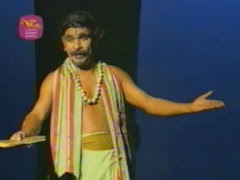.bmp)
.bmp)
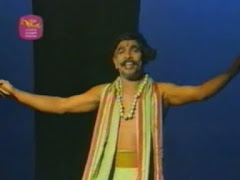.bmp)
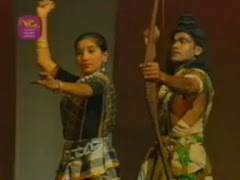.bmp)
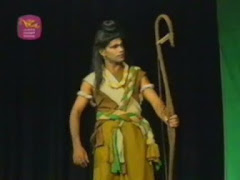.bmp)
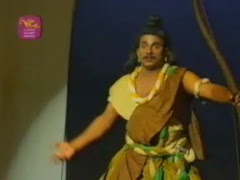.bmp)
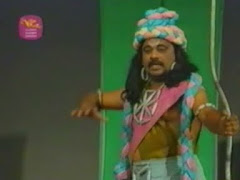.bmp)
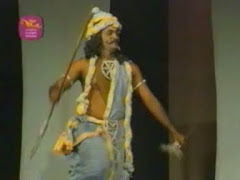.bmp)
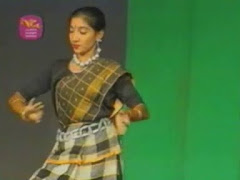.bmp)
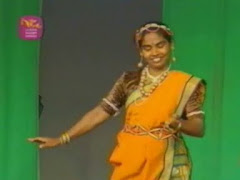.bmp)
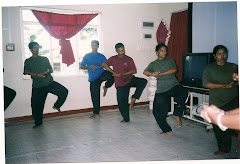.jpg)


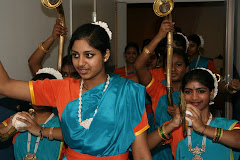
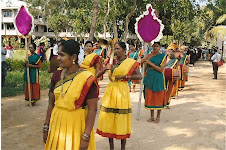.jpg)
.jpg)
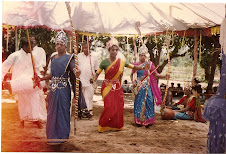.jpg)
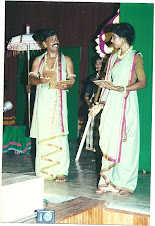.jpg)
.jpg)
.jpg)

.jpg)


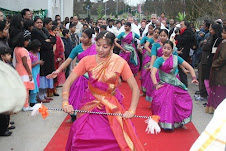





.jpg)
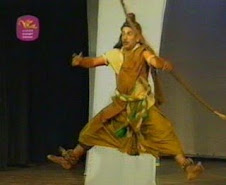


No comments:
Post a Comment